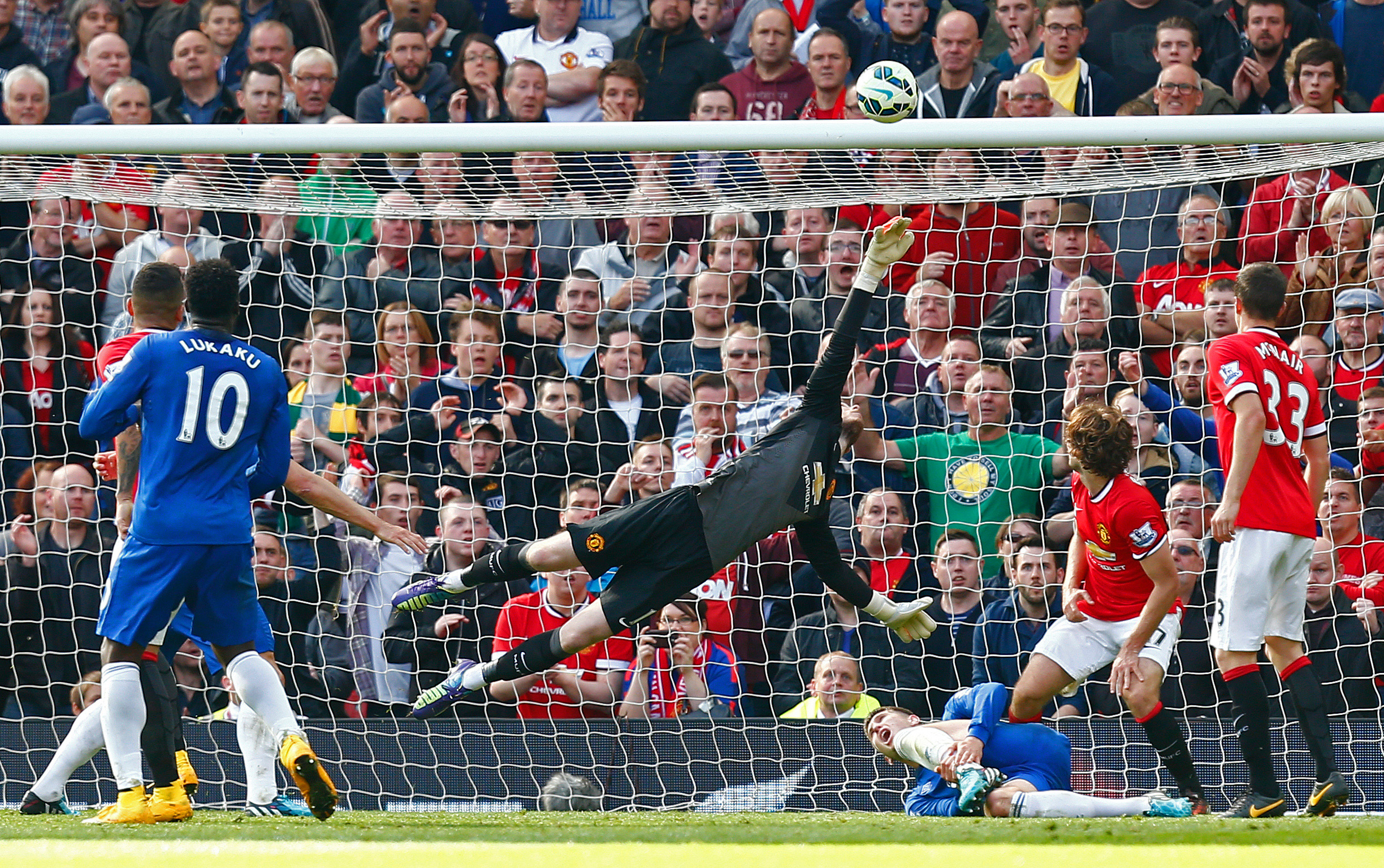cover photo from University of Delaware
Seniors
1. Todd Morton (Delaware) - 22
2. Bobby Edwards (Mount St. Mary's) - 23
3. Rashid Nuhu (Fordham, Ghana) - 22
4. Nick Gardner (Denver) - 23
5. Briley Guarneri (Colorado Mesa, D-II) - 21
6. Jimmy Hague (Michigan State) - 23
7. Elliott Rubio (Utah Valley) - 22
8. Dakota Havlick (Santa Clara) - 21
9. Ben Willis (Gonzaga) - 22
10. Dylan Castanheira (Columbia) - 23
Bill says: There are a couple of PDL hotspots for goalkeeping where if a college goalkeeper spent the summer there, it's a good chance we'll see them again down the line. Morton (Ocean City Nor'easters), Nuhu (New York Red Bulls U23s), and Hague (Michigan Bucks) all trained with clubs who have a history of producing not only strong collegiate goalkeepers, but also professional ones as well. Elliott Rubio and Dakota Havlick are coming off junior years where they split time in goal and are looking to establish themselves as full-time starters for their final year. Ben Willis could be eyeing a homegrown contract from the Seattle Sounders by next spring, as the Gonzaga goalkeeper trained with the Sounders' PDL side, as well as graduating out of their academy system years ago.
Juniors
1. Dayne St. Clair (Maryland, Canada) - 21
2. Parker Siegfried (Ohio State) - 21
3. Jimmy Slayton (Hartford) - 20
4. Drake Callender (California) - 20
5. Andreu Cases Mundet (Wake Forest, Spain) - 21
6. Andrew Verdi (Michigan) - 20
7. Carlos Caro (Howard) - 20
8. Aron Runarsson (Vermont, Iceland) - 23
9. Charlie Furrer (Stanford) - 21
10. Marcel DaSilva (Virginia) - 21
Bill says: St. Clair (New York Red Bulls U23s) leads the pack for the juniors and is rated as one of the best prospects in college soccer by many scouts. National champions Stanford University are looking to replace Nico Corti and FC Dallas product Charlie Furrer is vying for the spot. Mundt, Verdi, and DaSilva (the last one transferring to UVA from Tulsa) will also have stiff competition from underclassmen and will have to prove themselves once again that they're worthy of being the number one. Howard's Carlos Caro has a live-or-die approach to goalkeeping that can either produce some wonderful contributions to the game or a largely forgettable moment from the 5'11" goalkeeper.
Sophomores
1. Will Pulisic (Duke) - 20
2. Chase Vosvick (Loyola Maryland) - 20
3. Alec Smir (North Carolina) - 19
4. Drew Romig (North Carolina) - 20
5. Ben Hale (Furman) - 20
6. Andrew Pannenberg (Wake Forest) - 19
7. Noah Lawrence (Cincinnati) - 19
8. Trey Muse (Indiana) - 19
9. Noah Heim (SIUE) - 20
10. Enrique Facusse (Kentucky, Honduras) - 19
Bill says: When the 2021 MLS SuperDraft rolls around, there's a good chance we'll see a repeat of the 2018 draft where goalkeepers were flying off the board. There are another ten or more sophomore goalkeepers that have MLS potential so it'll be interesting to see who breaks out this fall and who will struggle to usurp an upperclassman. UNC has a tight situation on their hands with talented USYNT products, Alec Smir and Drew Romig. They could theoretically split 45's but most likely UNC is going to have one of the best backup goalkeepers in all of NCAA this year. Lawrence brings an immense amount of athleticism to Cincinnati's backline but will need to focus on limiting mistakes and rebounds as he attempts to lock down the starting role for the Bearcats.
Freshmen
1. Justin Garces (UCLA) - 18
2. Cameron Douglas (UCLA) - 19
3. Quantrell Jones (UMBC) - 18
4. Matt Frank (Stanford) - 18
5. George Marks (Clemson) - 18
6. Kyle Orciuch (Stanford) - 18
7. Alexander Budnik (Dartmouth) - 18
8. Giannis Nikopolidis (Georgetown, Greek) - 17
9. Johan Penaranda (Pittsburgh) - 18
10. Nick Malvezzi (Boston University) - 18
Bill says: While UCLA is typically known for their goalkeeping, it admittedly is odd seeing the top two goalkeepers in UCLA's stable. One has to think it's likely they both don't end their time at UCLA, as either could start for a majority of programs in the country. Jones (DC United), Frank (New York Red Bulls), Orciuch (Chicago), and Penaranda (New York City) all bring in Development Academy experience but may not see the field until 2019 or 2020. Nikopolidis is the lone international goalkeeper in the freshmen's list but the Greek goalkeeper could end up starting for one of the top programs in the country before he even turns 18. Overall it's an incredibly strong class that isn't limited to just ten goalkeepers and could rival the sophomores for producing professional talent.
Past Collegiate Goalkeeper Rankings
2014: Final
2015: Preseason and Final
2016 Preseason and Final
2017 Preseason and Final







